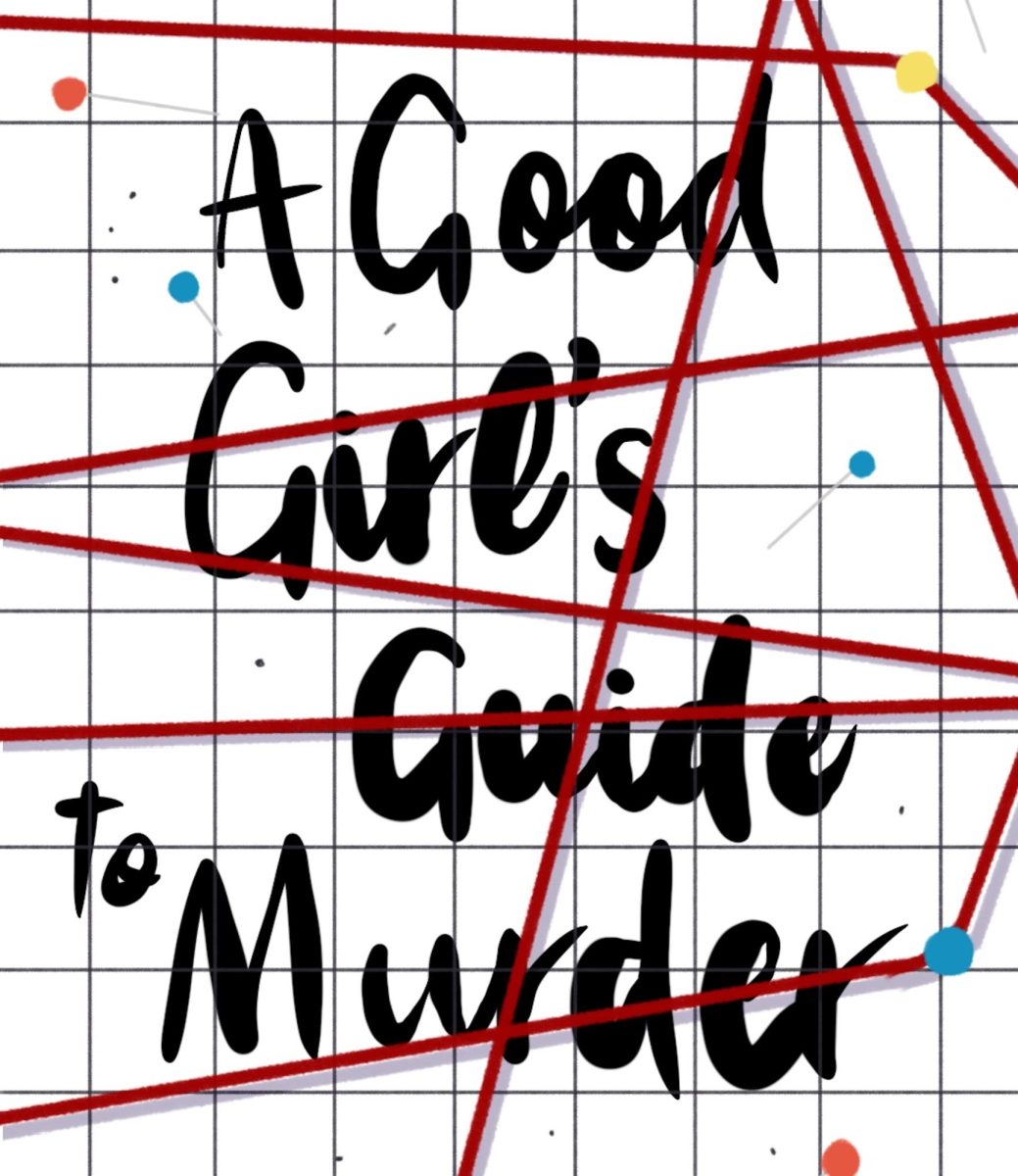What would you do if you had an extra $76 each month? This is one of many questions readers of the recently released book “Feminist City: Claiming Space in a Man-made World,” might ask themselves. Women in New York City who are primary caregivers in their families pay up to an extra $76 to use public transportation. This additional cost is not a result of excessive spending, but of how men constructed the built environment with exclusively their own needs in mind. In “Feminist City,” self-proclaimed “feminist geographer” and Mount Allison University professor Leslie Kern explores this intentional exclusion by skillfully combining lived experience and research studies. This keen analysis is an important text, especially when facing a pandemic and social injustice.
In her introduction, Kern premises how women navigate through the city while being inhibited by a set of physical, social, economic and symbolic barriers that are “deeply (although not only) gendered.” She recounts strollers not fitting into streetcars and public transportation designed for 9-to-5 businessmen.
Kern examines urban design through an intersectional framework that backdrops her analysis. Kern reverently cites Kimberlé Crenshaw’s coining of the term intersectionality, as well as the work of other Black feminists, including Patricia Hill Collins and bell hooks. She also acknowledges her own privilege as a White, cisgendered, able-bodied woman. While this may seem like an obvious thing to do, Kern explicitly addressing her own privilege is the glue that holds her analysis together. She presents powerful personal anecdotes, which are then superbly complemented by research from other scholars.
Kern explains how urban life exists both in physical and psychological ways, such as street harassment and unwanted contact. “Pregnancy and motherhood elevate these intrusions,” she notes. When Kern was pregnant, her newly changed body caused her to be “extraordinarily aware” of her body and how it became “public property.” She then confirms her own experience by citing the work of other women, ranging from Virginia Woolf’s diaries to Betty Friedan’s “The Feminine Mystique” to a New York Times article from the late 1980s. While these are not obscure citations, the way they are analyzed together is wholly original.
Kern wrote “Feminist City” before the start of the pandemic, but the current COVID-19 crisis augments the relevance of her work. As data has conclusively proven, the coronavirus pandemic hits people of color disproportionately hard. The New York Times reported that Black and Latino coronavirus cases are occurring at nearly three times the rate of White cases. This is largely due to how the vast majority of essential workers are People of Color which is especially pertinent to Kern’s analysis. “Feminist City” presents a comprehensive analysis of how People of Color are the folks that make our cities work, and yet, they are not the folks our cities were designed for.












